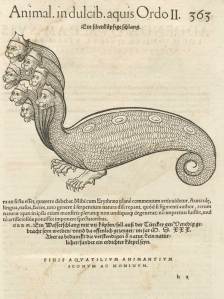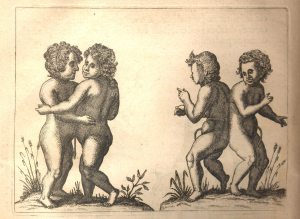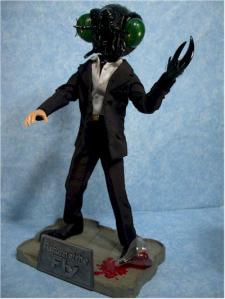“Giant pandas are ‘charismatic megafauna,’ a category that includes whales and other sea mammals, salmon and other inspirational fish, eagles and other flashy raptors. In each instance, the creatures help spotlight the hundreds of humbler but equally endangered species: the black-spored quillwort, the longhorn fairy shrimp.”
—”Birth and Rebirth,” USA Today, August 23, 1999
Usually thought of as poster children for environmental issues, they’re often super cuddly or super scary. Or both (like polar bears).
I’d add to this list:
Jellyfish (alien death squad)
Squirrels (mischievous urban representatives)
But people look at me funny if I start geeking out about plankton or mycelial networks (although the latter can get pretty trippy). If we could spin them right, they’d be seen for the superheroes they are.
More on the Uncharismatic Poster Children:

Mycelium Running:
How Mushrooms Can Help Save the World
and Paul Stamets’ talk from TED:





